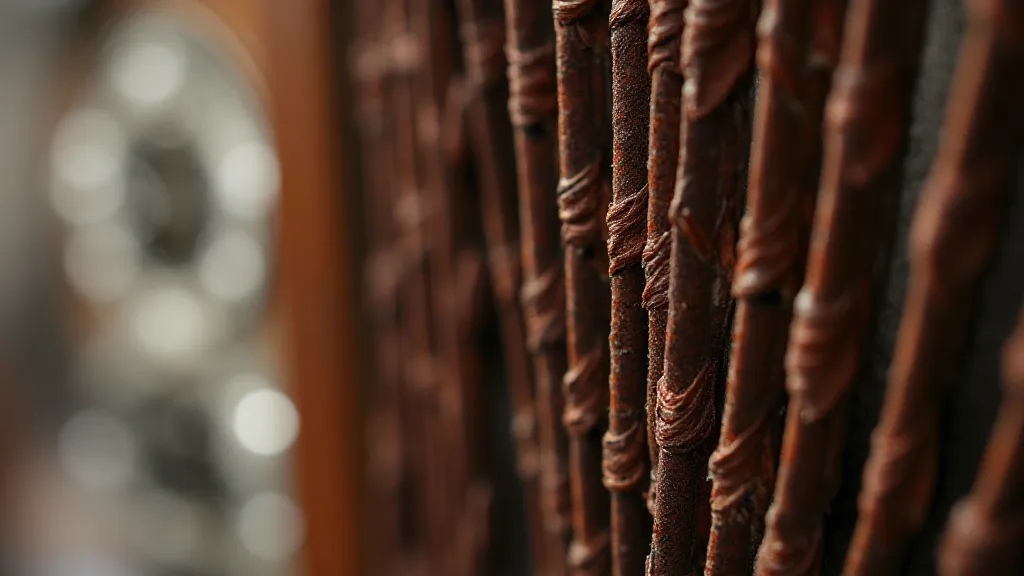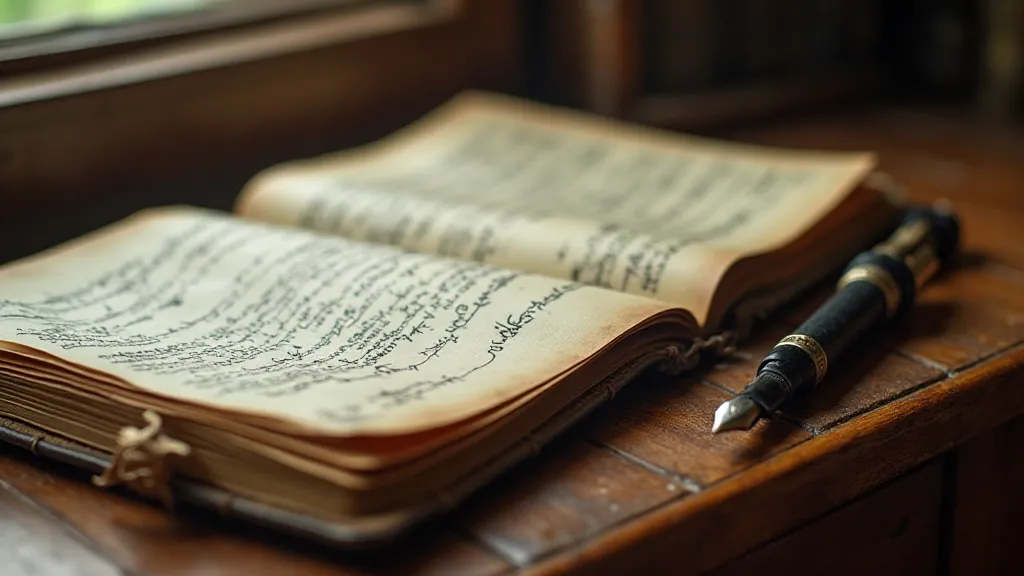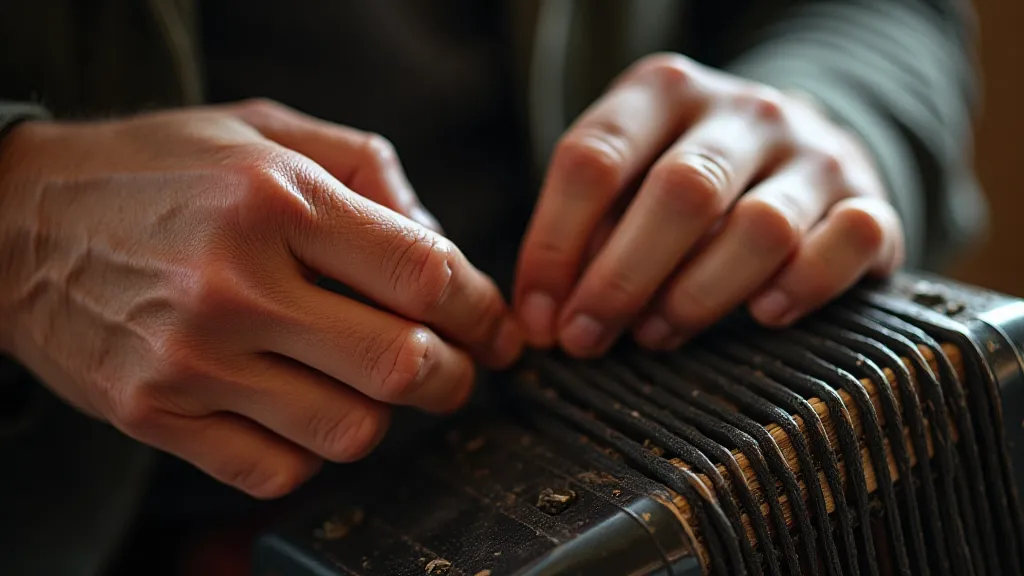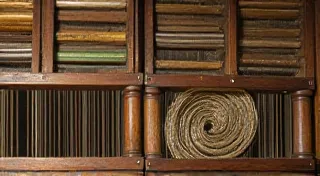The Scribe's Constellation: Finding Patterns in the Cosmic Chaos of Ideas
The universe isn't just vast; it’s brimming. Brimming with stars, with dust, with the echoes of events long past. As a writer, I’ve often felt that same feeling – a sense of being overwhelmed by the sheer volume of ideas swirling within, a cosmic chaos threatening to swallow the very notion of a coherent story. It’s a feeling, I suspect, familiar to many creatives. How do we, as scribes, navigate this seemingly endless expanse, and transform the chaos into a constellation, a pattern, a narrative that resonates with meaning?
My grandfather, a taciturn man of few words and immense skill, possessed a similar problem, though his field was far removed from the written word. He was an accordion repairman, his workshop a haven of bellows, reeds, and intricately carved keys. The air perpetually hummed with the ghost of melodies, some joyful, others melancholic. He’d often lament, “Too many parts, son. All different sizes, shapes, and functions. Feels like a jigsaw puzzle with a thousand pieces, and half of them don's seem to belong.” Yet, with patient hands and an intuitive understanding, he would breathe life back into these instruments, piecing together fragments of history, of music, of joy.

These accordions weren’t just machines; they were stories. Each dent in the casing, each crack in the wood, whispered tales of dances in smoky ballrooms, of family gatherings, of lonely nights filled with mournful tunes. They’d traveled across continents, witnessed joy and sorrow, and borne silent testament to the human experience. My grandfather, in restoring them, wasn’t just repairing an instrument; he was piecing together those stories, finding the connections between seemingly disparate elements. And that, I realized, was the key.
The Accordion's Anatomy: A Metaphor for Storytelling
An accordion, at its core, is a collection of seemingly unrelated components. The reeds, each vibrating at a specific frequency to produce a note. The bellows, expanding and contracting to force air across those reeds. The keys, triggering the corresponding reeds. The bass buttons, adding a grounding rhythm. Individually, they are just pieces. But together, they create something far greater than the sum of their parts – a vibrant, expressive instrument capable of evoking a wide range of emotions. Similarly, in creative writing, we often grapple with fragmented ideas, disconnected scenes, and characters who seem to operate on different planes. These elements, like the accordion’s components, can feel chaotic and overwhelming.
The skill lies not in forcing these elements into a pre-determined structure, but in discovering the underlying connections, the resonance that binds them together. Think of character motivation. A seemingly random act can be traced back to a childhood trauma, a hidden desire, a deeply ingrained belief. A plot twist might appear arbitrary until you realize it stems from a subtle foreshadowing planted pages earlier. The process of creating a believable setting and grounding your story in a rich environment is crucial; it's almost like building an atlas of forgotten worlds, layering details and nuances to create a truly immersive experience. Every element, no matter how small or insignificant it may seem, has a purpose, a connection to the larger whole.
Finding the Resonance: Techniques for Weaving a Narrative
My grandfather used a system of careful observation and methodical testing to diagnose an accordion's ailments. He'd listen intently to the sounds, feeling the vibrations with his fingertips, patiently tracing the flow of air. We can apply a similar approach to our writing. Here are a few techniques for finding the resonance, the connecting threads that bind your disparate ideas:
- Thematic Echoes: Identify recurring themes or motifs that run through your story. These can be subtle – a color, a symbol, a phrase – or more overt. When you notice a connection, explore it. How does this theme manifest in different characters and situations.
- Emotional Mapping: Map the emotional journey of your characters and your story. Where do they experience joy, sorrow, fear, hope? These emotional peaks and valleys can provide a natural structure for your narrative.
- Reverse Engineering: Sometimes, it's helpful to start with the ending. What must happen to bring your story to that point? Work backward, identifying the events and character arcs that lead to that resolution.
- Freewriting and Association: Let your ideas flow freely. Don't censor yourself. Write down whatever comes to mind, even if it seems nonsensical. You might be surprised at the connections that emerge.
- The "Why" Chain: When facing a plot point or character action that feels disconnected, keep asking “Why?” Why did the character do that? Why did that event happen? Keep digging until you uncover the underlying motivation or connection.

The challenge, of course, is navigating the complexities of time and causality within your narrative. Sometimes, a story demands the manipulation of temporal flow, bending and twisting timelines to achieve a desired effect. Understanding how to responsibly manipulate temporal flow in fiction is essential for any writer aiming to create truly innovative and engaging stories.
Craftsmanship and the Writer’s Process
Restoring an accordion is a painstaking process. It requires patience, precision, and a deep appreciation for craftsmanship. Similarly, writing a compelling story demands a commitment to the craft. It’s not enough to simply have good ideas; you must be willing to hone your skills, to experiment with different techniques, to revise and refine your work until it sings. My grandfather would often say, "The finest music comes from the most careful tuning." The same holds true for the written word.
He had a particular fondness for the older instruments, the ones built by master craftsmen who poured their heart and soul into their work. Those instruments, he believed, possessed a certain magic, a depth of character that couldn't be replicated by modern manufacturing. There’s a similar quality to be found in stories that are crafted with care and attention to detail, stories that resonate with authenticity and emotional truth. They stand apart from the mass-produced, the disposable, the forgettable.
Beyond Repair: Embracing the Imperfections
Even with the most meticulous restoration, an accordion will always bear the marks of its history. A tiny crack in the wood, a slightly faded finish, a subtle warp in the bellows – these imperfections are part of its character, its story. Similarly, a story will never be perfect. There will always be flaws, inconsistencies, moments where the writing falls short. But these imperfections are not weaknesses; they are part of what makes the story unique, human.
Embrace the chaos. Allow your story to evolve organically, guided by your intuition and your passion. Don't be afraid to experiment, to take risks, to break the rules. When dealing with fantastical elements and worlds, the ability to transform mundane details into something magical is crucial. It’s an alchemical process, akin to transforming mundane details into magic – seeing the potential for wonder in the everyday.

The scribe’s constellation isn’t about eliminating the chaos; it’s about understanding it, mapping it, and ultimately, finding the patterns that connect the seemingly disparate stars. It’s about listening to the echoes of the past, embracing the imperfections of the present, and weaving them into a symphony of storytelling.
The journey of a writer is not simply about stringing words together; it's about crafting an experience. It’s about meticulously layering details, creating a rich tapestry of sights, sounds, and emotions that resonate with the reader long after the final page is turned. Like the careful crafting of an accordion, where each reed, each bellows, each key contributes to the final melody, a compelling narrative demands a deep commitment to the art of storytelling.
My grandfather's workshop wasn't just a place of repair; it was a sanctuary. A place where broken things were given new life, where stories were pieced together, and where the beauty of imperfection was celebrated. As writers, we too have a responsibility to honor the stories that surround us, to embrace the chaos, and to find the patterns that connect us all. And that’s a process that requires not just skill, but a willingness to delve into the very heart of what it means to be human – flaws and all.





